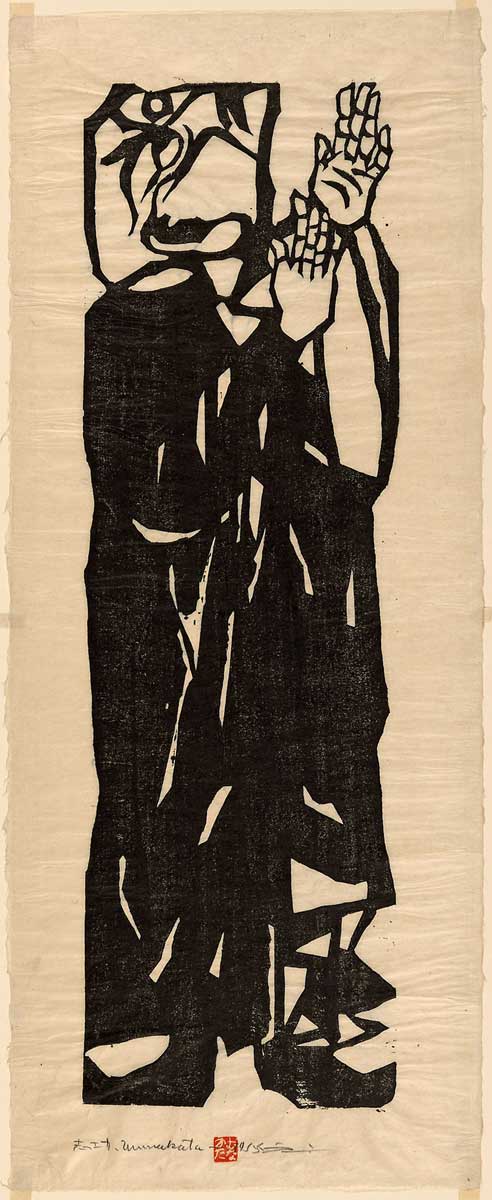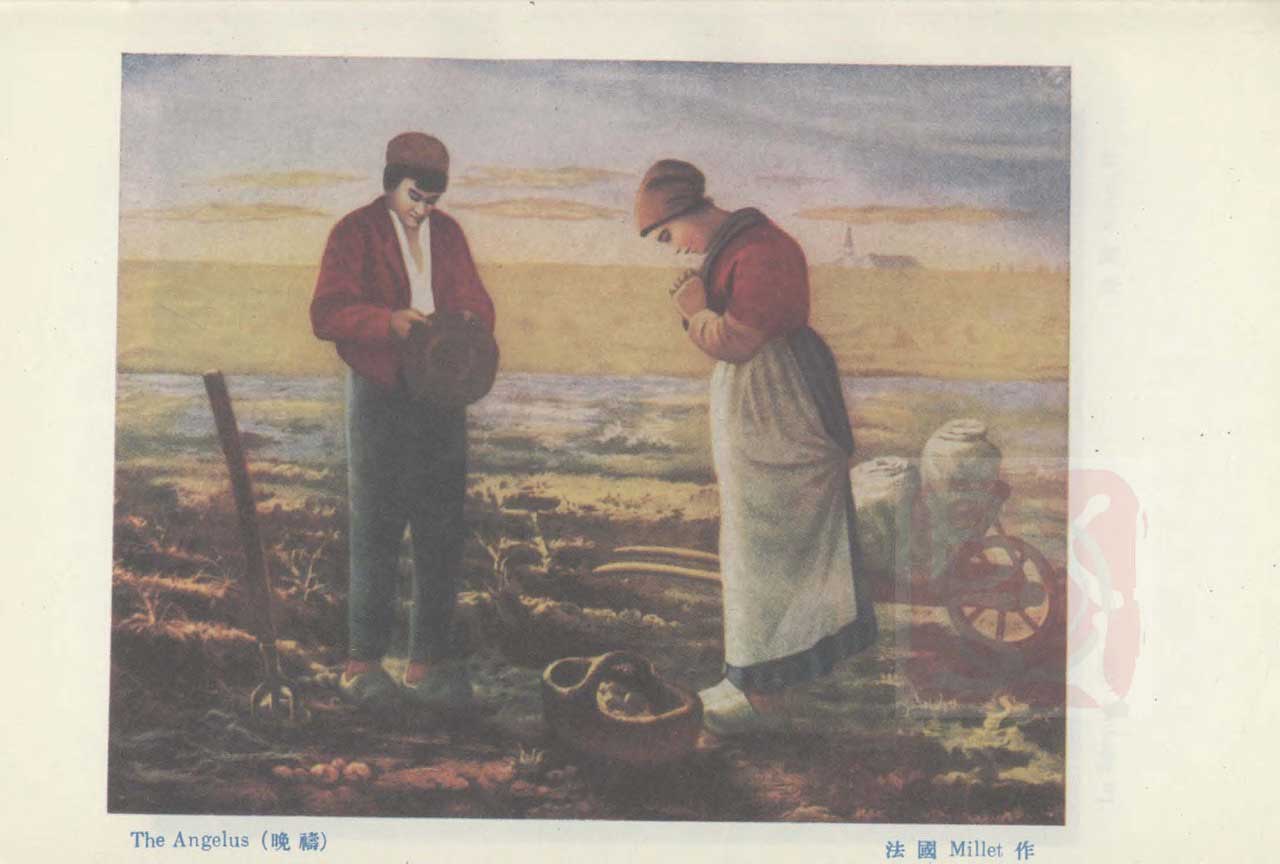chair / Mark Cheetham, University of Toronto
This session interrogates the widespread practice of constructing global art histories through analogy. For example, Ai Weiwei is purportedly the "Warhol of China;" Ousmane Sow is called “the Rodin of Senegal.” Such comparisons orient art-historical and museological thinking along many crucial axes, including place and time, national groupings, gender, art media, race and cultural identification. Artworld ‘likenings’ occur with such frequency as to be largely invisible and inaudible, yet they structure not only what many typically say about art and how institutions display it, but literally how we see it. The results are often dubious.
Such analogies remain instrumental in the accelerating discourses of globalism in visual culture by generating offhand and often anachronistic comparisons between ‘East and West’ and perpetuating colonialist hierarchies between Indigenous and European artists (Norval Morrisseau was “the Picasso of the North”). Presentations might examine analogy in exhibitions, permanent displays, art histories, and other forms of art discourse.
Mark A. Cheetham is the author of books, volumes, and articles on topics ranging from Immanuel Kant and Art History to abstract art to Postmodernism in Canada. He is a Guggenheim Fellow and a Fellow of the Royal Society of Canada. Cheetham’s current research focuses on ecological art, 19th-century Arctic voyaging, and on the uses of analogy in art history. His book Landscape into Eco Art: Articulations of Nature since the ‘60s was published in early 2018. Active as a curator of contemporary and historical art, he recently curated Ecologies of Landscape at BE Contemporary, Toronto (2018-19). He is a professor of art history at the University of Toronto.

Upali (Ubari), from the series Two Bodhisattva and Ten Great Disciples of Sakyamuni, Shikō Munakata, 1939 (printed 1955).
F.1.1 Japan’s Van Gogh? Analogy and Revision in the Case of Shikō Munakata
Lana Tran, Tokyo University of the Arts
After a fortuitous encounter with a reproduction of one of Van Gogh’s Sunflowers in 1920s Japan, then teenager Shikō Munakata (1903-1975) famously pledged to become “Japan’s Van Gogh”. Instead, Munakata would become a woodblock printmaker not only celebrated as “the world’s Munakata” but later, as “Japan’s Munakata”. Conveyed through successive (dis)analogies, the story of Munakata’s artistic development makes clear certain national paradigms entangled in the historization of Japanese modern art. In this case study, I trace the varied ways in which Munakata and others — including contemporaries, art historians and museums — construct, propagate and modify analogy in an active and, at times, unwitting process of historization. This presentation focuses on key insights from historiographical research and a site visit to the Munakata Shiko Memorial Museum of Art (Aomori, Japan) as part of the research project Analogy and the Structures of Art History in the Global Era, led by Professor Mark Cheetham at the University of Toronto.
This case study is unique in that there are both intrinsic and extrinsic constructions of analogy repeated throughout one artist’s biography. In comparing the intentions and contexts that underly each instance, I discuss ruptures in how Munakata’s life and work are interpreted. For instance, as Munakata toggles his use of analogy — refraining from referencing Van Gogh or later “replacing” him with Picasso — I problematize the overemphasis on Van Gogh in his own right and return to the question: what did Munakata mean by “Van Gogh” in the first place? Following such inquiries, I emphasize that analogies need not be static; they are also inconsistent, malleable and in that way, informative of their underlying conventions.
Lana Tran is a doctoral student and Japanese Government (MEXT) Scholar in Art Studies and Curatorial Practices at Tokyo University of the Arts. Lana attained a Master of Museum Studies from the University of Toronto in 2019, where she received the Canada Graduate Scholarships-Master’s from the Social Sciences and Humanities Research Council of Canada. She has worked extensively in cultural institutions between Japan and Canada; her extra-institutional practice began while involved with the artist-led center 3331 Arts Chiyoda (Tokyo). Her current research considers the socio-cultural representation of place in contemporary Japanese art projects.
F.1.2 Like/unlike Jackson Pollock: Danish Cobra Art and its Framing
Karen Westphal Eriksen, National Gallery of Denmark and University of Copenhagen
In 1964 an exhibition of Danish art toured the United States under the title Danish Abstract Art. It showed a number of artists from the Høst and Cobra exhibition collaborations as well as a few other artists with more tenuous relation to the Høst-Cobra. The catalogue by art writer and art “entrepreneur” on the Danish art scene, architect Robert Dahlmann Olsen, opens with an analogy by making reference to Jackson Pollock and then introducing the Danish artists and the Danish art scene.
I want to argue that this exhibition and the discussions building up to it embody the analogical structures haunting art writing on Danish Cobra art to this day. The matter of exhibiting Danish art in America presented a need and a temptation to draw on analogies: to seduce and educate, to place Danish artists in an internationally understandable vocabulary, to highlight the Danish Master artists as being in the same category as Jackson Pollock: to be Danish world class a. o. The core of the exhibiting artists worked in a gestural abstraction, which has a history in art writing of being discussed in analogy to American abstract expressionism. Scholars agree the two strands of expression are not the same, but there seems to be a continuous need to draw and redraw the analogy – as well as reject it.
My paper combines the fields of exhibition history and historiography as well as drawing on archival materials from the Ferlov-Mancoba archive, which has not formerly been discussed in art history. I will analyse the Jackson Pollock analogy with regards to the Danish Abstract Art-exhibition and its ongoing repetition in art writing as well as discuss the validity and purpose of maintaining this obviously problematic analogy.
Born 1974, Karen Westphal Eriksen is researcher at the National Gallery of Denmark with a project on the archive of Sonja Ferlov Mancoba. Part time postdoc at the Department of Arts and Cultural Studies, University of Copenhagen with a project on the critical and artistic reception of international art in Denmark in 1945-1965. Part of the international research project Analogy and the Structures of Art History in the Global Era led by Professor Mark Cheetham, University of Toronto. PhD from Department of Arts and Cultural Studies, University of Copenhagen 2015 with the dissertation Against the Grain: Figurative and Abstract Art in Denmark 1940-1960.

Reproduction of Jean-Francois Millet’s The Angelus (1857-1859) in Xiaoshuo yuebao (The Fiction Monthly), Vol. 12, no. 4 (1921): 4.
F.1.3 China’s Millets and the Contested Contemporaneity in the Chinese Art World
Yi GU, University of Toronto
There are more Chinese painters who are dubbed as “China’s Millet” than any other such “likenings.” Ever since Jean Francois Millet (1814-1875) was first introduced to China in the 1920s, the painter, whose politics do not conform to the leftist or socialist vision, was nonetheless embraced as a progressive painter of the peasants. While many renowned Republican artists associated with the Communist Party, such as Gu Yun (1919-1996), once won the recognition as China’s Millet, there is a growing list of new Chinese Millets after China entered the Reform Era in the last years of the 1970s. In addition to a focus on the imagery of the peasantry and an identification with the peasant, these painters — from the well-known master Luo Zhongli (1948-) to lesser known artists whose professional work was supported by state painting academies and teaching institutions — share a commitment to representative oil painting. This paper examines this persistent phenomenon of likening to Millet to illuminate the complicated negotiation of contemporality in the Chinese art discourse. More specifically, this study examines the robust yet little known sector of contemporary Chinese state art. While the English language studies on contemporary Chinese art have focused on the sector that is more in contact or fully absorbed by an international contemporary art world, the state and its well-developed art apparatus, including art universities, provincial painting academies, juried national exhibition, publications and grants, have received little scholarly attention. Looking at how museum collections, display venues, market strategies and art criticisms are developed to promote China’s Millets today, this study reveals the challenges and dilemmas of an art world that simultaneously strives to rise in the global order and manages to work with an authoritarian state that both promise generous patronage and demand cooperation.
Yi GU received a PhD from Brown University before she joined the University of Toronto in 2009. She specializes in modern and contemporary Chinese art and visual culture. Her research interests include cold war visual culture and post-socialist art, comparative media studies, Chinese photography history and contemporary photography in Asia, mass art and amateurism, and visual methodologies across disciplines. Her first book, Chinese Ways of Seeing and Open-Air Painting (Harvard University Press Asia Center, 2020), points out an ocular turn of China’s twentieth century as a foundation for a revisionist history of modern Chinese art. She is currently working on a book on mass art and developing a project that examines the “Beautiful Countryside” Campaign under the current Chinese regime in the context of a rising global fascination with rural revival.
respondent / Prof. Aida Yuen Wong, Brandeis University
Aida Yuen Wong is Nathan Cummings and Robert B. and Beatrice C. Mayer Professor of Fine Arts and East Asian Studies at Brandeis University, Mass., USA. Among her major publications are Parting the Mists: Discovering Japan and the Rise of National-Style Painting in Modern China (University of Hawai‘i Press, 2006) (Chinese Translation from Taipei: Rock Publishing, 2019) and the edited volume Visualizing Beauty: Gender and Ideology in Modern East Asia (Hong Kong University Press, 2012). Her book The Other Kang Youwei: Calligrapher, Art Activist, and Aesthetic Reformer in Modern China (Brill, 2016), explores the art theory and legacy of the late Qing-early Republican reformer whose paradigmatic thinking about painting and calligraphy cast a long shadow on modern/contemporary Chinese art discourses.



